Google Expedition Replacement from RobotLAB
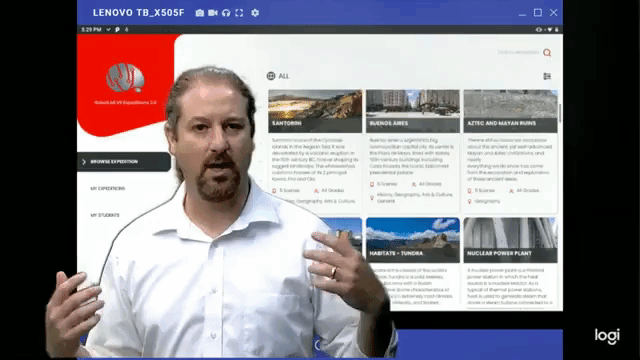
Hello everyone. My name is Elad Inbar. I'm the CEO for RobotLAB. Today I'm going to talk to you about VR Expeditions, 2.0. As you probably heard, Google decided to discontinue Google expeditions. Somewhere mid-June, they will basically shut down their servers and we will lose access to all the expeditions and all the resources that they put together over the years. It's unfortunate, but that's their decision.
- 1 Comments
- Mar 29, 2021 10:00:00 AM
- Posted by Natalia Galvis
- Topics: Robotics, About the Robots, EdTech, STEM, Curriculum, teachers, students, Technology, VR, Realidad Virtual, Edchat, Digital Technology, teaching, online, Virtual Reality, lessons, eLearning, Automation, Expeditions 2.0
How to use VR for engaging art lessons
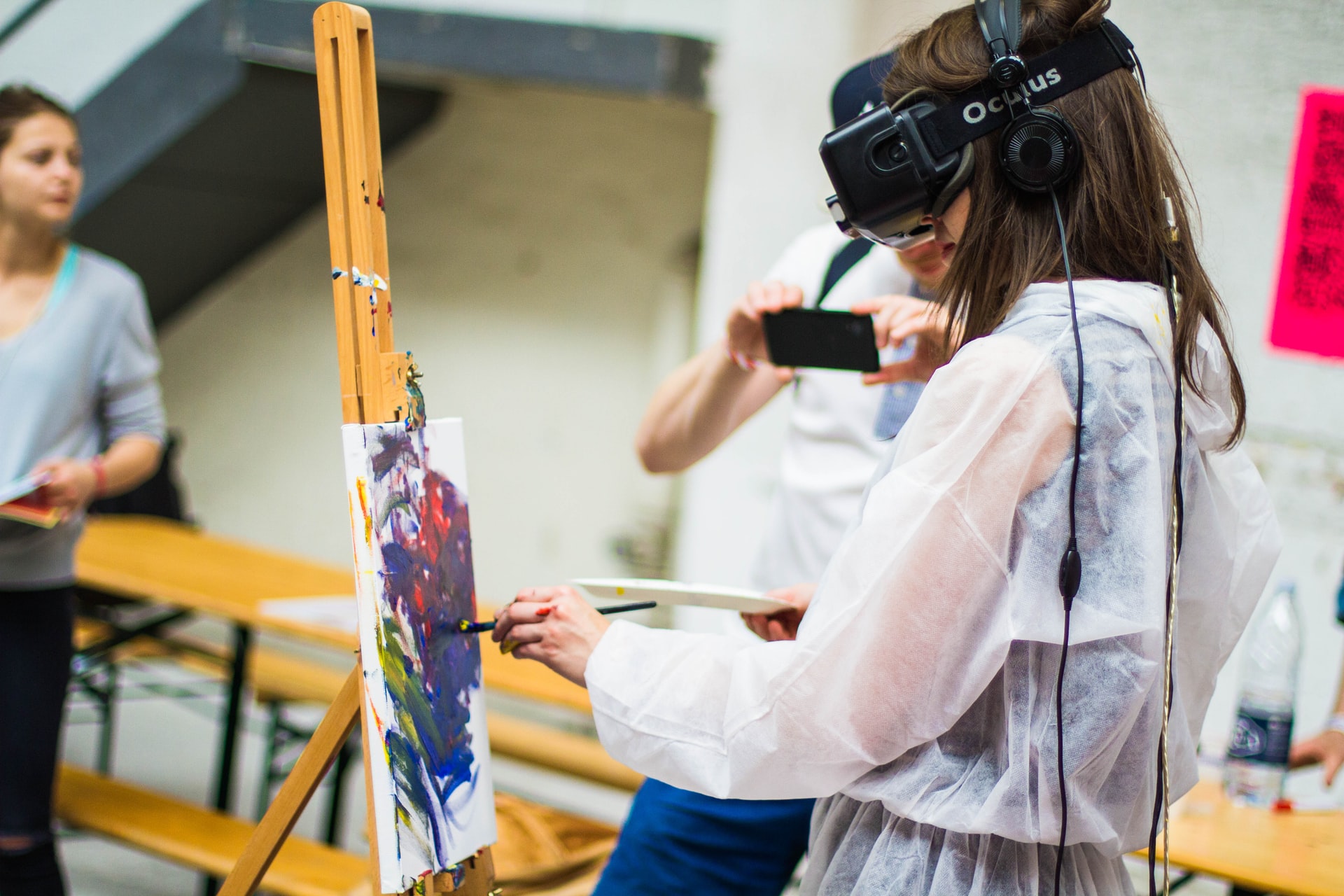 Photo by Billetto Editorial on Unsplash
Photo by Billetto Editorial on Unsplash
Using VR to give students engaging art education experiences isn't complicated--check out these resources to get started.
- 0 Comments
- Mar 25, 2021 10:00:00 AM
- Posted by Natalia Galvis
- Topics: Robotics, About the Robots, EdTech, STEM, Curriculum, teachers, students, Technology, Edchat, Digital Technology, teaching, online, lessons, eLearning, Automation
5 ways edtech builds cross-curricular connections to STEM content
By Carrie Willis, Technology and STEAM Director, Valley Preparatory School
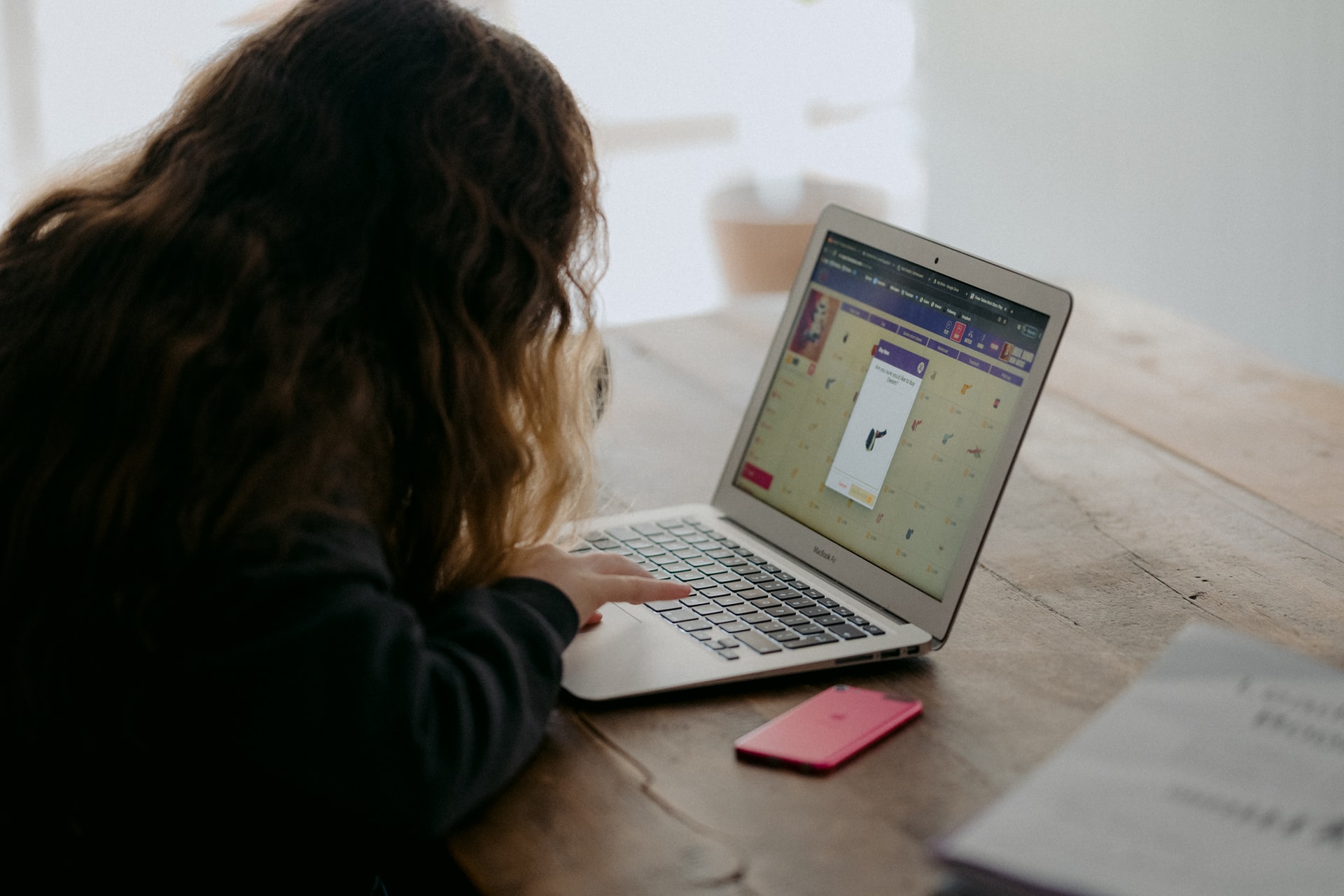 Photo by Annie Spratt on Unsplash
Photo by Annie Spratt on Unsplash
There are a number of tech tools and resources to help educators weave STEM learning into all manner of core courses
- 0 Comments
- Mar 23, 2021 10:00:00 AM
- Posted by Natalia Galvis
- Topics: Robotics, About the Robots, EdTech, STEM, Curriculum, teachers, students, Technology, Edchat, Digital Technology, teaching, online, lessons, eLearning, Automation
3 Ways to Assess Math Understanding More Deeply
By Edutopia
 Image by Gerd Altmann from Pixabay
Image by Gerd Altmann from Pixabay
It's tempting to think of math assessments as routine, end-of-the-lesson checkups. Give students a quiz, grade it, and move on. But math assessments can, and should, do more.
- 0 Comments
- Mar 22, 2021 10:00:00 AM
- Posted by Natalia Galvis
- Topics: Robotics, About the Robots, EdTech, STEM, Curriculum, teachers, students, Technology, Edchat, Digital Technology, teaching, online, lessons, eLearning, Automation
5 Fun Education Grants and Contests for Schools

Photo by Fabian Blank on Unsplash
Education grants play a critical role in connecting students and schools with engaging educational experiences
- 0 Comments
- Mar 18, 2021 10:00:00 AM
- Posted by Natalia Galvis
- Topics: Robotics, About the Robots, EdTech, STEM, Curriculum, teachers, students, Technology, Edchat, Digital Technology, teaching, online, lessons, eLearning, Automation
Places to Find Simple Yet Actionable STEM Lesson Plans
By Devin Partida
 Photo by Jessica Lewis on Unsplash
Photo by Jessica Lewis on Unsplash
The STEM field is highly valued. Jobs in these areas help boost innovation and lead to progress in society, and they also pay quite well. However, teaching this curriculum to K-12 students can be a challenging task. Here’s how teachers can find simple yet effective STEM lesson plans to better engage their students and encourage them to enter this robust sector.
- 0 Comments
- Mar 17, 2021 10:00:00 AM
- Posted by Natalia Galvis
- Topics: Robotics, About the Robots, EdTech, STEM, Curriculum, teachers, students, Technology, Edchat, Digital Technology, teaching, online, lessons, eLearning, Automation
How to Use the 5Es in Remote Math Instruction
 Photo by Antoine Dautry on Unsplash
Photo by Antoine Dautry on Unsplash
A five-stage instructional model—engage, explore, explain, elaborate, and evaluate—can guide students to a deeper understanding of math.
- 0 Comments
- Mar 16, 2021 10:49:08 AM
- Posted by Natalia Galvis
- Topics: Robotics, About the Robots, EdTech, STEM, Curriculum, Special Education, teachers, autism, Coding, students, programming, Technology, VR, Realidad Virtual, Edchat, Digital Technology, teaching, online, Virtual Reality, lessons, eLearning, Automation
Hybrid Teaching Strategies for Elementary Classrooms
By Paula Díaz
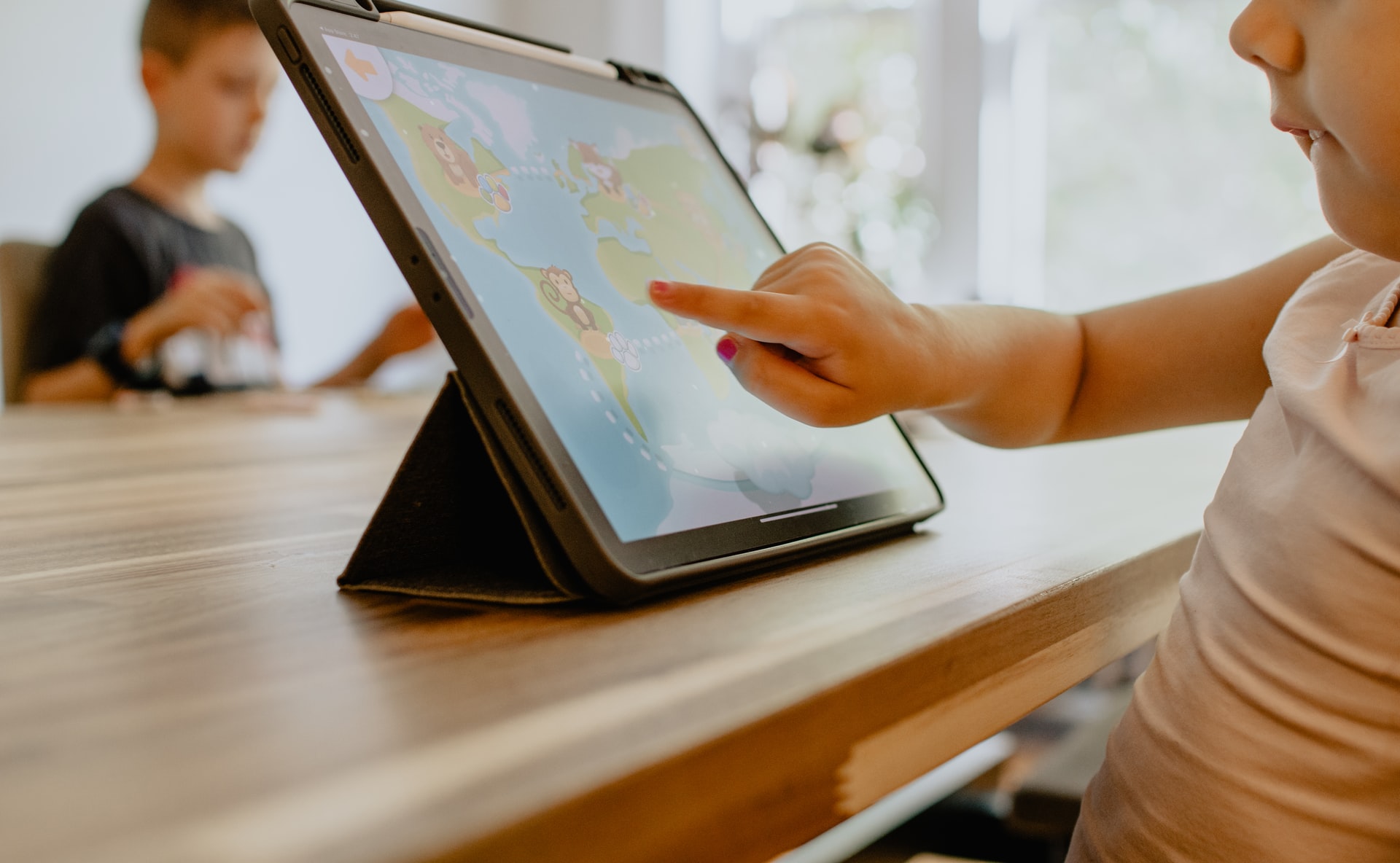 Photo by Kelly Sikkema on Unsplash
Photo by Kelly Sikkema on Unsplash
Some adaptations for hybrid classrooms, like digital manipulatives and instructional videos—will be worth keeping when all students are back in the room.
- 0 Comments
- Mar 11, 2021 10:00:00 AM
- Posted by Natalia Galvis
- Topics: Robotics, About the Robots, EdTech, STEM, Curriculum, Special Education, teachers, autism, Coding, students, programming, Technology, VR, Realidad Virtual, Edchat, Digital Technology, teaching, online, Virtual Reality, lessons, eLearning, Automation
5 Tips for Inclusive STEM Learning Experiences
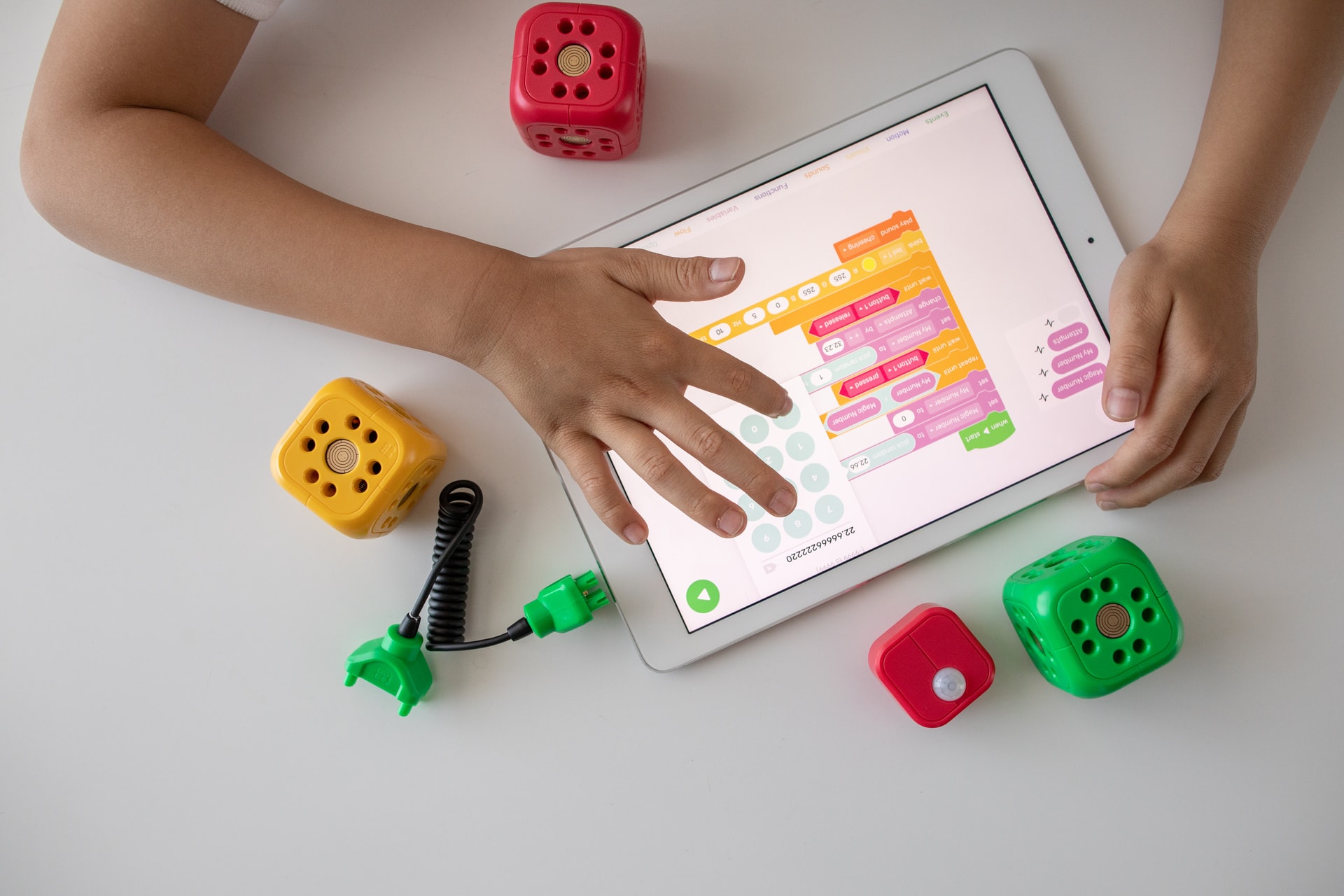 Photo by Robo Wunderkind on Unsplash
Photo by Robo Wunderkind on Unsplash
When students who would never sign up for a robotics or coding class do so because we’ve introduced it to them, it’s a win-win for everyone.
- 0 Comments
- Mar 10, 2021 10:00:00 AM
- Posted by Natalia Galvis
- Topics: Robotics, About the Robots, EdTech, STEM, Curriculum, Special Education, teachers, autism, Coding, students, programming, Technology, VR, Realidad Virtual, Edchat, Digital Technology, teaching, online, Virtual Reality, lessons, eLearning, Automation
Flipped Learning in Remote Education: Turn Your Virtual Classes Upside Down
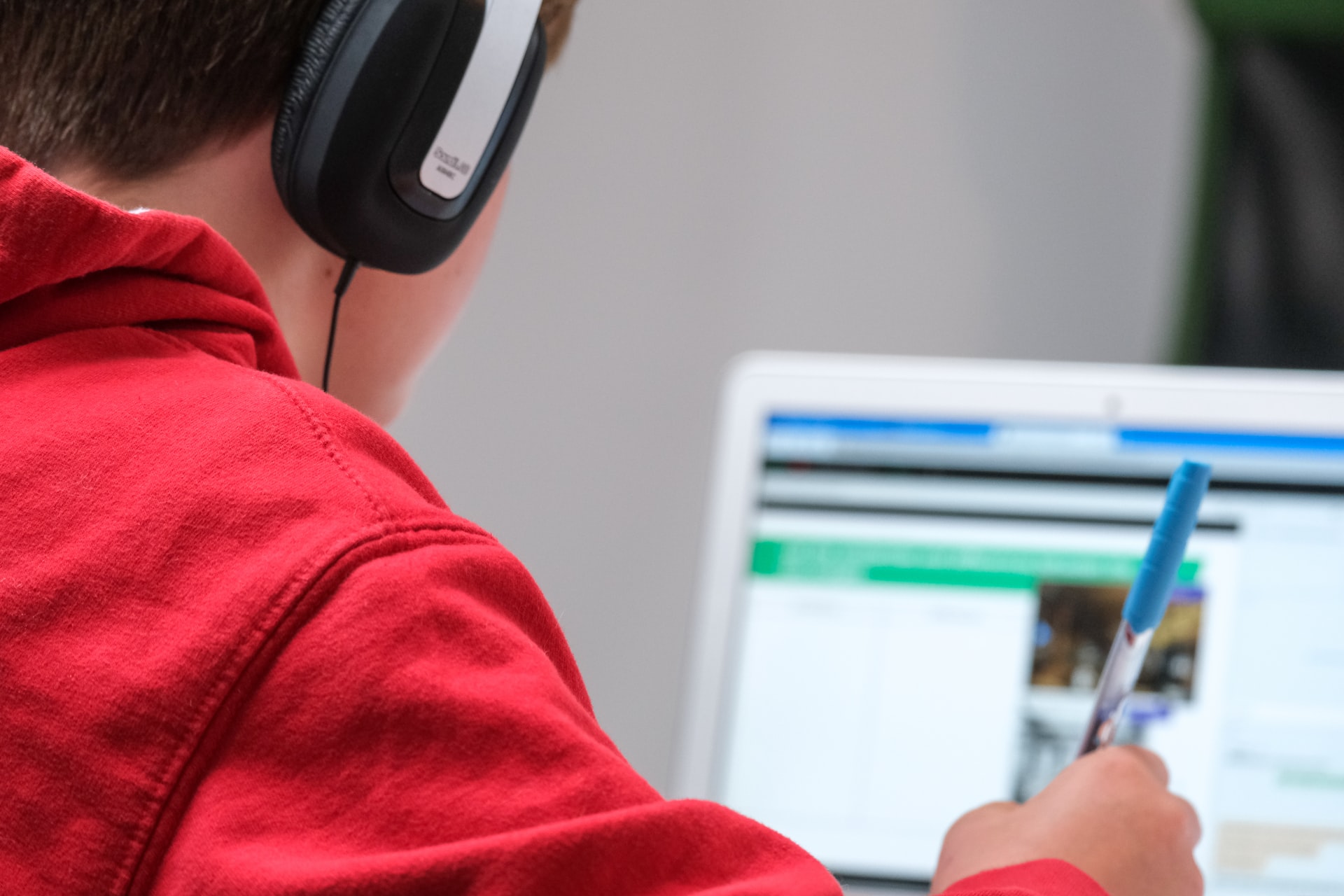 Photo by Compare Fibre (https://www.amvia.co.uk/ ) on Unsplash
Photo by Compare Fibre (https://www.amvia.co.uk/ ) on Unsplash
Have you always been interested in flipped learning but you’ve never actually put it into practice? Remote education offers the perfect chance to discover all the benefits of this methodological approach.
For those of you who aren’t familiar with flipped classrooms, the concept can be explained very simply. Flipping a classroom means turning learning structures upside down: instead of introducing a new topic with traditional lectures, teachers prepare a presentation and hand it over to their students. They will watch it or read it – depending on the format – on their own before the class. Subsequently, class time will be used for hands-on education.
- 0 Comments
- Mar 9, 2021 10:00:00 AM
- Posted by Natalia Galvis
- Topics: Robotics, About the Robots, EdTech, STEM, Curriculum, Special Education, teachers, autism, Coding, students, programming, Technology, VR, Realidad Virtual, Edchat, Digital Technology, teaching, online, Virtual Reality, lessons, eLearning, Automation
Relevant Posts
Popular Posts
Subscribe to Email Updates
-
I Want To Learn MoreADDITIONAL INFORMATION


